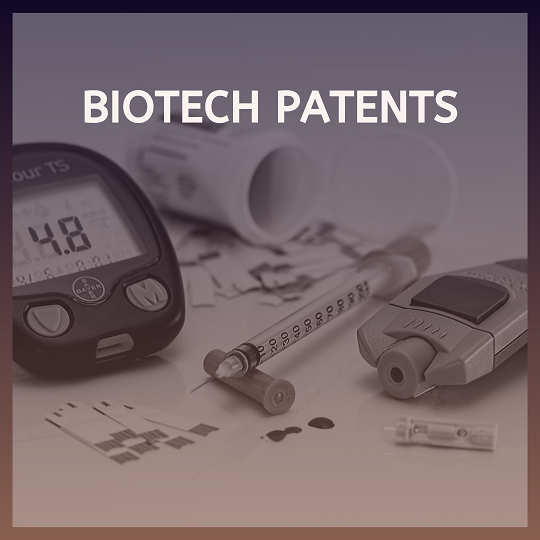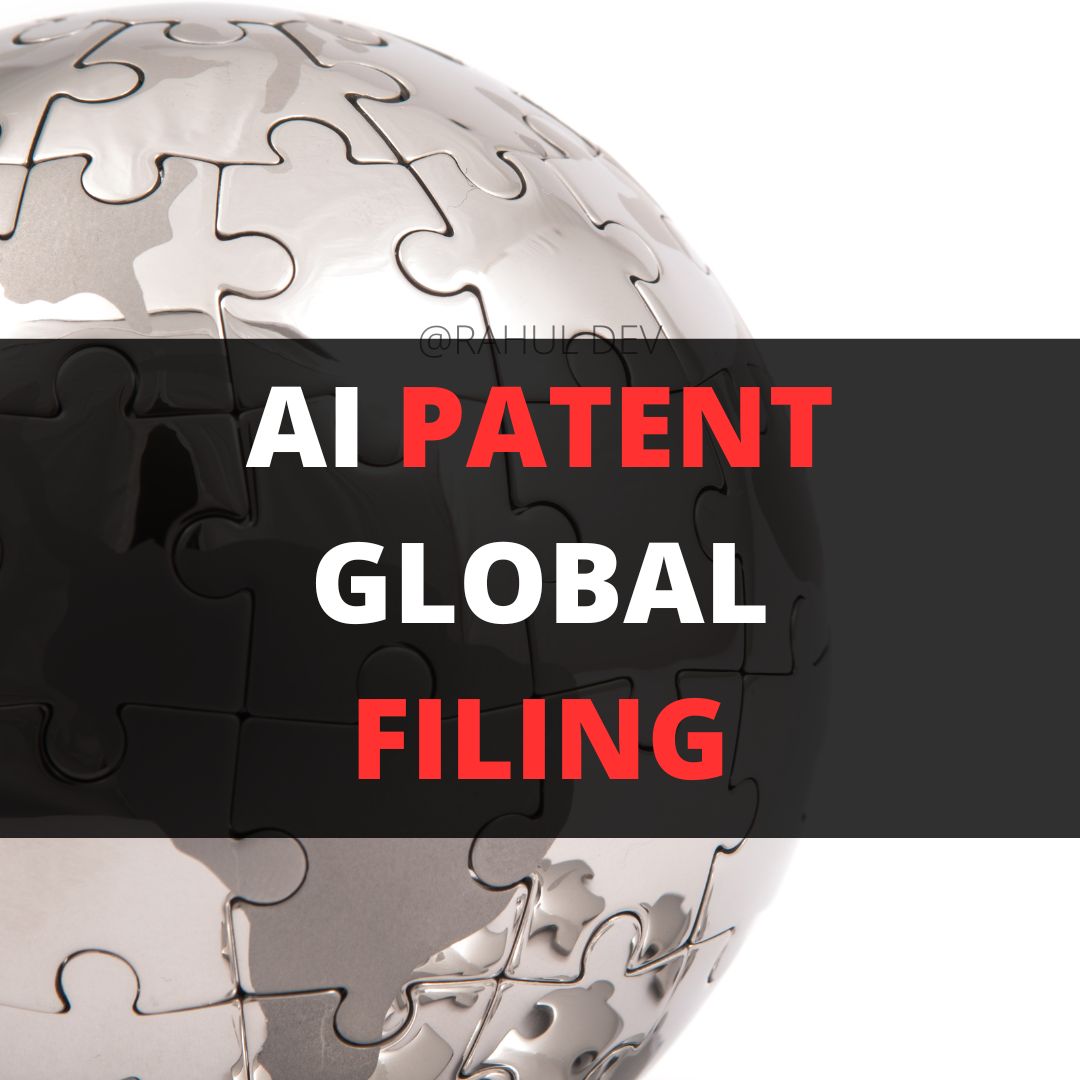

Patents are generally available to anyone who invents or discovers any new and useful process, the machine, manufacture, or composition of matter, or any new and useful improvement. The patent grants the holder the scope of legal rights which has a limited time period of its validation. During patent prosecution, a patent examiner at the PTO evaluates the patent application to ensure that it meets all the applicable legal requirements to merit the grant of a patent. In addition to requirements regarding the technical disclosure of the invention, it must also fulfil the patentable subject matter i.e., new, non-obvious and useful.
The patent eligibility requirement does not allow the disclosure of any element of the invention earlier to the filling of the patent application. Therefore, the fundamental requirement of the patentable invention is its uniqueness. The patent is rejected or not issued by PTO if the claimed invention is already patented with public availability, or sale, or described in the publication. It also has the exception where the patent application is made within one year of the disclosure and the prior art disclosure derives from the inventor.
Industrial Application
Utility refers to industrial application of the invention as a requirement for grant of patent rights. Any other person or the third party involvement in practicing the patented invention or the marketing of the same without permission results in the arising of infringement case once initiated by the patentee. But the patent does not grant the patentee any affirmative right to practice the invention.
Drugs are the chemical compounds used in diagnosis, cure, mitigation, treatment, or prevention of disease. These chemical compounds are approved by the FDA before their marketing and they should be recognized as safe and effective. These compounds are intended to affect the structure or any function of the body.
A new drug is an active compound that has not been previously approved or approved composition with modification such as the indication, patient population, formulation, strength, dosage form, or route of administration. These new drugs are approved through the new drug application (NDA) process.
Approval for a new drug requires costly and time-consuming studies by the sponsor or inventor along with considering the drug safety and effectiveness for humans. After the basics research and animal testing are conducted, safety, efficiency and the effectiveness of the drug in volunteer human subjects under carefully controlled conditions is the next procedure. This is known as clinical trial, which is conducted by the company which also requires approval and strict regulation. The investigational new drug (IND) application is submitted by the company to FDA. This application provides the written information about the drugs, its composition, its effect, the condition and population(s) the drug is intended to treat, etc. It also includes proposed clinical study design and written approval from an Institutional Review Board, which reviews the study design. The time period of 30 days is used by FDA to review the IND application. The clinical trial is conducted in various phases, including Phase I, Phase II and Phase III clinical trials.
The result of the clinical trial is then submitted to FDA’s Center for Drug Evaluation and Research (CDER) with all the required detail of the drug. In general, an NDA also contains the product description, the indication(s) (i.e., the disease or condition and population for which the drug will be used), information about the manufacturing process, and proposed labelling.
Biologics
Biopharmaceutical is manufactured by the application of biotechnology which is also known as biologic medical products where the same pharmaceutical product is extracted or synthesized from biological sources. These biopharmaceutical drugs are known as biologics. These are expensive as compared to small pharmaceutical drugs. The United States provides the largest market for biotech drugs where biotech companies have secured more product approvals than their big pharma counterparts. The time it takes to develop and obtain marketing approval is 97.7 months as compared to 90.3 months for chemical drugs. The statistics show that out of 58 biological products licensed in the United States between 1986 and 2006, 47% had at least one additional FDA-approved indication after the initial FDA approval. For example, Herceptin, originally approved for metastatic breast cancer, was later approved for adjuvant use in early-stage cancer and was proved valuable and Avastin was approved originally for colorectal cancer, but subsequently used for lung cancer.
FDA has the authority to issue guidelines that implement the standards of biosimilarity and interchangeability given by BPCIA. These guidelines may be general or specific in nature which is regulated after reviewed by population.
The FDA regulates small-molecule drugs and biologics under two different statutes. Federal Food, Drug and Cosmetic Act (FFDCA) compromises the standard Traditional pharmaceuticals. The provisions of the FFDCA incorporate the Drug Price Competition and Patent Term Restoration Act.
This act established an accelerated regulatory approval pathway for generic versions of previously approved, brand-name drugs. This approval mechanism involves the use of the proposed generic version using the same approved drug or chemical compound in the same strength, dosage, form, and route of administration. Hence, the generic version is ‘bioequivalent’ to the approved product by FDA. Another section of the regulatory biologics section is Public Health Service Act (PHSA) which license most biologics.



